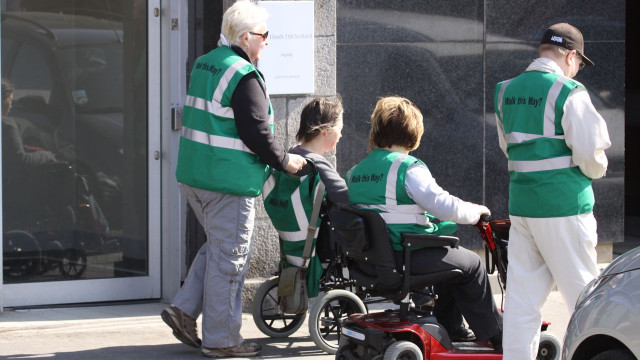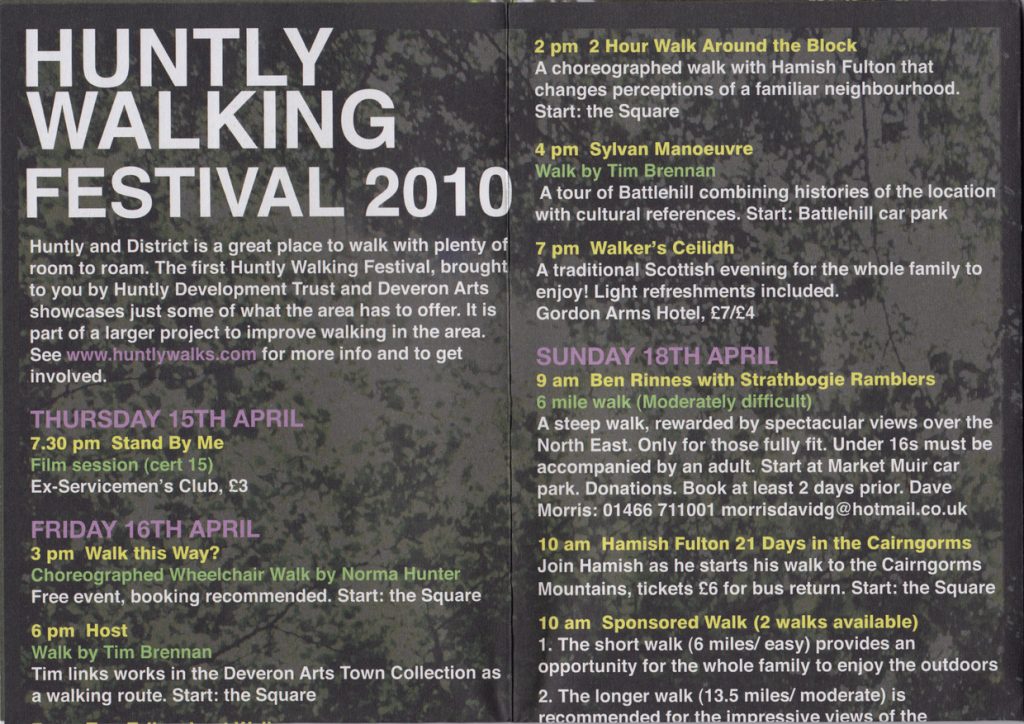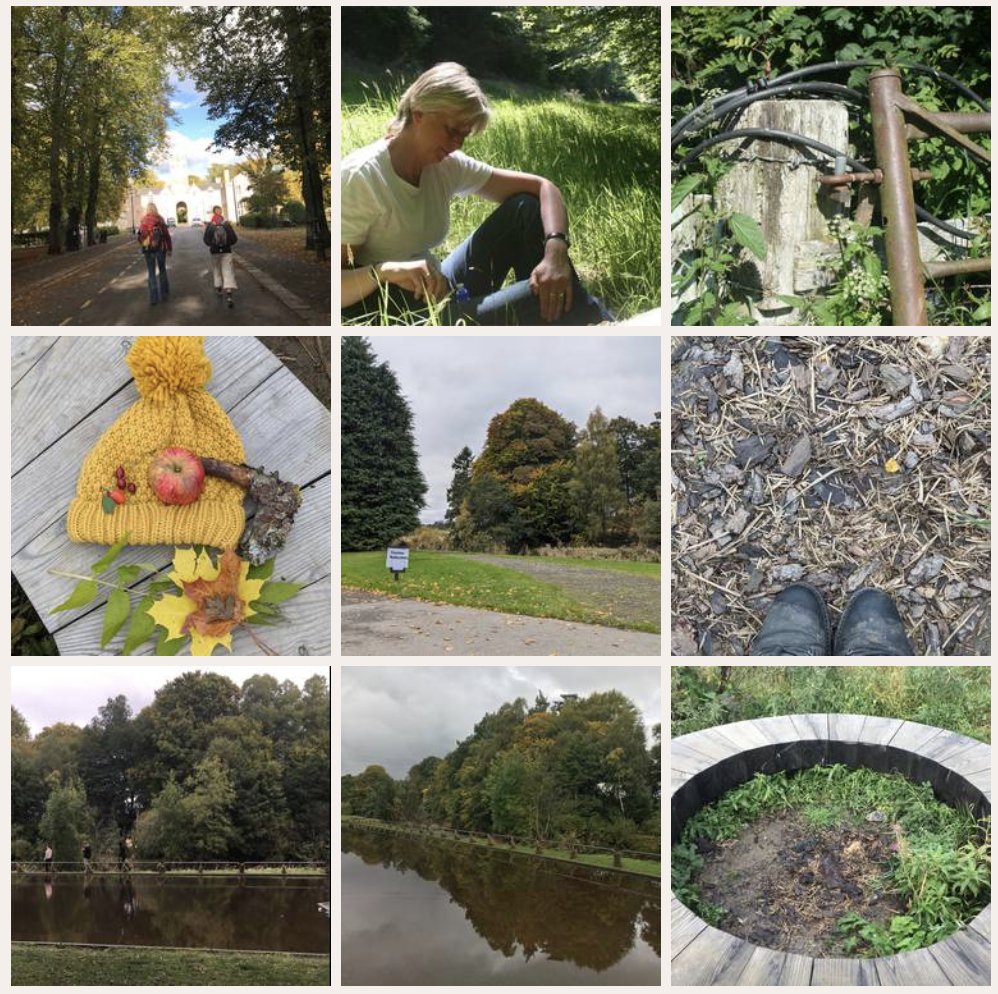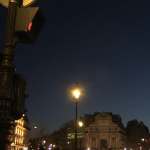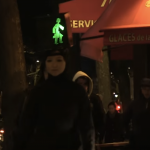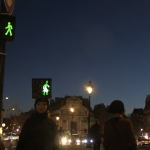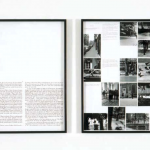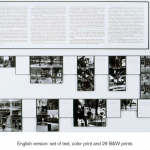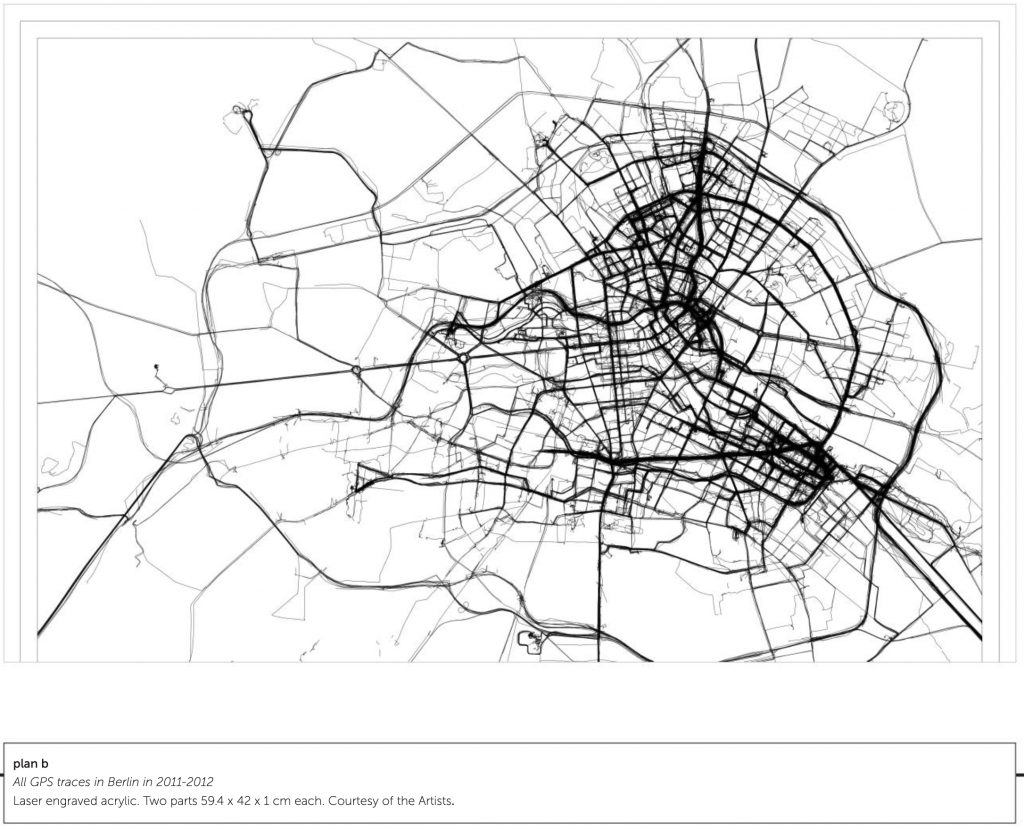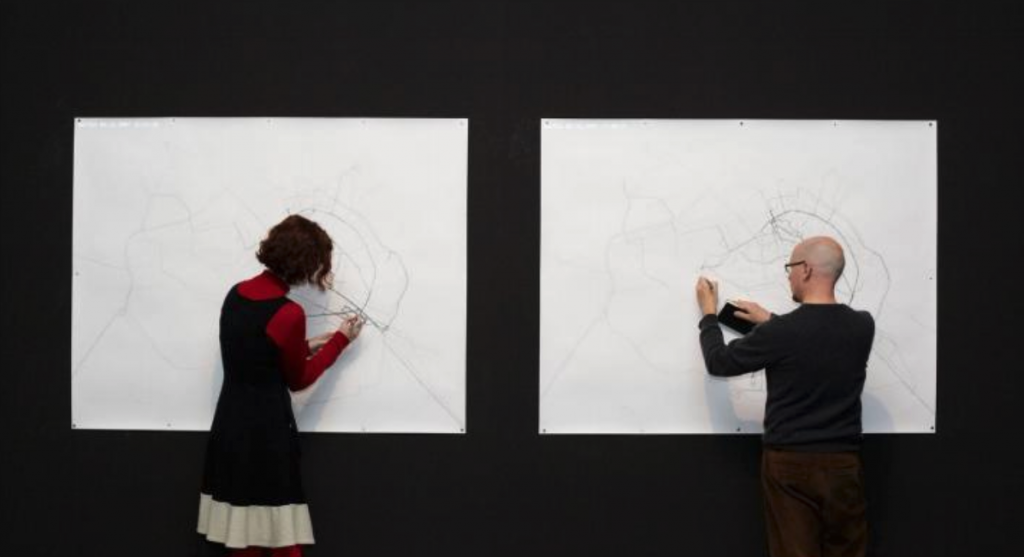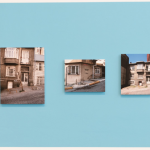“Jalan Gembira is a walking practitioners collective that has been walking together since 2016. Jalan Gembira are based in Yogyakarta and mostly walk around the neighborhood in Yogyakarta. The idea of walking emerged in the condition of motorbike cities. Most people are not comfortable walking around. On the other hand, the walking infrastructure has not been capable of accommodating the walker. However, this rarely walking condition are leading to the layers of social problem that related to the safe space for women, adult at risk, minority community, and children in all area; tension between private and public space; also hierarchical of public infrastructure access that impacted of seeing the city as a living space. Jalan Gembira are focusing on initiating the walking activity started with the supportive companion to sensing the city and archiving all those walking experience and city senses through a visual documentation and pieces of writings.” [credit]
Jalan Gembira is a female-led arts collective in Yogyakarta, Indonesia. They recently collaborated with Walkspace (Birmingham, UK).
“Birmingham and Yogyakarta have shared the condition where people would prefer to take other means of transportation than walking. Definitely, these conditions have shaped the dynamics of people living including the barriers between public and private space who grow organically following their needs for living space.
This project will be conducted by Amarawati Ayuningtyas, Gatari Surya Kusuma, and Zunifah of Jalan Gembira, in collaboration Fiona Cullinan and Pete Ashton of Walkspace.” Here is a link to their joint walking zine. [credit]
Amarawati Ayuningtyas
Her short name is Mara, works as a freelance graphic designer and also an employee at an art gallery based in Yogyakarta. After graduating from the Modern School of Design (MSD) study program in design communication visual, Mara did a lot of action database archiving artists in Indonesia and did administrative work in an art collective, Lifepatch.
Gatari Surya Kusuma
Called Gatari, is a researcher, writer and curator based in Yogyakarta. After graduating from the Department of Photography at the Indonesian Institute of the Art in 2016, she did a lot of action research and deepened critical pedagogy with her group KUNCI Study Forum & Collective. In addition, she also conducts artistic production and ethnographic research related to food with a food study collective called the Bakudapan Food Study Group. Currently, she has many works within the fields of ecology, critical pedagogy, and collectivism.
Zunifah
Also known as Uniph. She works daily as an account executive in an advertising agency. She used to work in an art space while studying philosophy at university. Her thesis was about the philosophy of art. The combination of study and previous job made her understand that art is a basic human need for expression. She continues to understand art as her daily observation.
